Why California has wild zebras
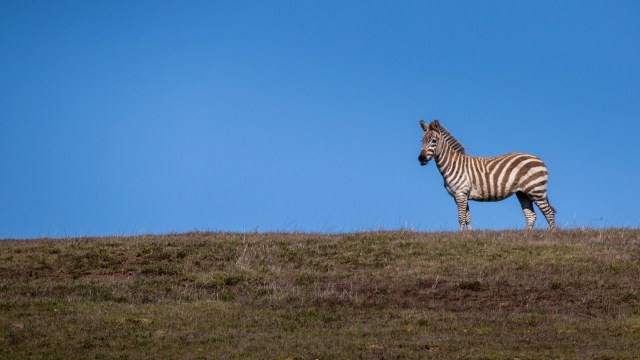

Nearly every day, dozens of drivers pull up on the side of Highway 1 in San Simeon, California to make sure their eyes are not deceiving them. In utter disbelief, they stop and stare at what look like zebras, grazing peacefully along the shores of the West Coast.
James R. and his family had just visited an elephant seal sighting spot when they encountered the iconic animals. “I accused my daughter, who was driving at the time, of having taken a wrong road,” James, who is South African, wrote to a local newspaper called Noozhawk. “I thought we were back in Africa.”
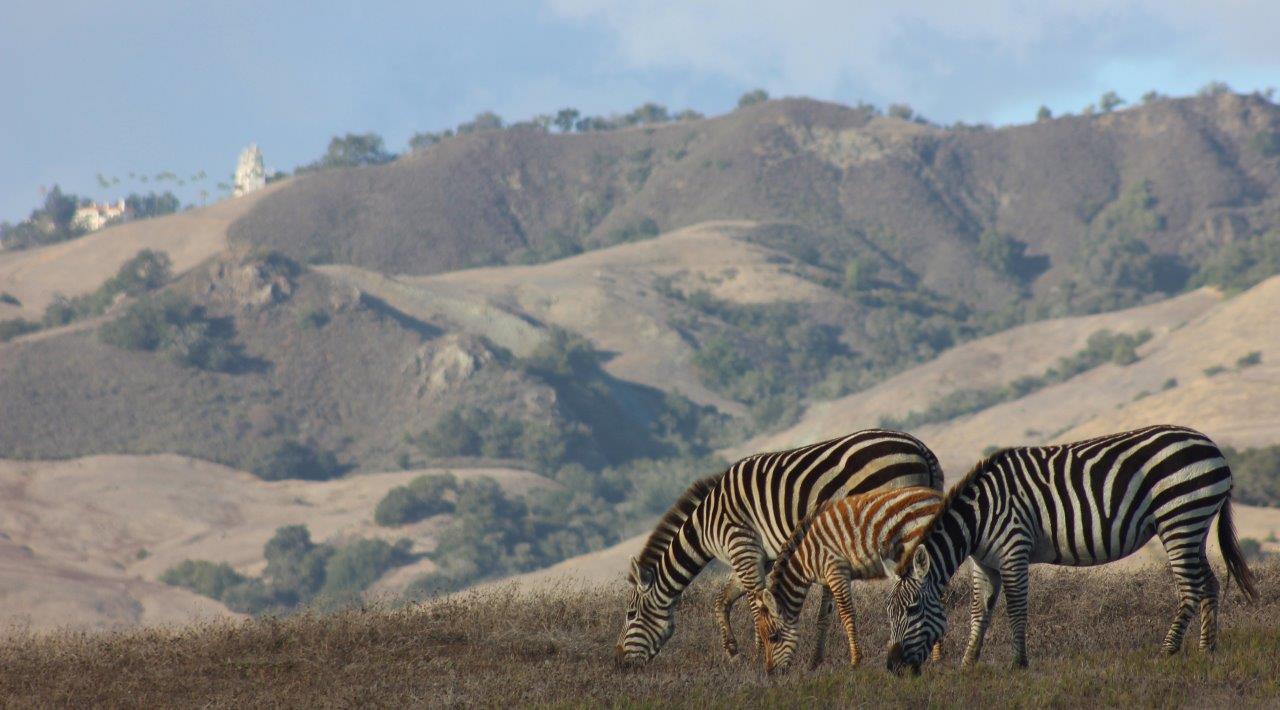
These zebras did not escape from a nearby zoo. Nor are they part of a safari park whose confinements are so large they seem invisible. Believe it or not, they used to be the personal property of newspaper tycoon William Randolph Hearst. When Hearst died and his estate fell into disarray, the zebras were let loose into the Californian countryside where, thanks to a legal loophole, they were allowed to stay.
Making a new home for themselves in the grasslands of San Simeon, Hearst’s zebras managed to survive. Actually, they thrived. Thanks to some unexpected similarities between the ecosystems of the West Coast and the African savannah, the state of California now houses the largest wild zebra herd outside of Africa.
Life at Hearst Castle
William Randolph Hearst was an American businessman and newspaper publisher. He was infamously caricatured in the film Citizen Kane, made by Orson Welles. The film was not far off. Like his fictional counterpart, Hearst rarely let morals get in the way of his pursuit of power. He approved of sensational, often unfounded news stories to increase readership and even start armed conflict, ushering in the so-called age of yellow journalism.
Like Charles Foster Kane, Hearst liked to make a display of his unfathomable wealth. He collected medieval armor and Gothic artwork. Later in life he retreated into a Xanadu-esque estate christened Hearst Castle. Located in San Simeon, halfway between Los Angeles and San Francisco, the Castle is fitted with both indoor and outdoor swimming pools, lush gardens, tennis courts, a movie theater, and an airfield.
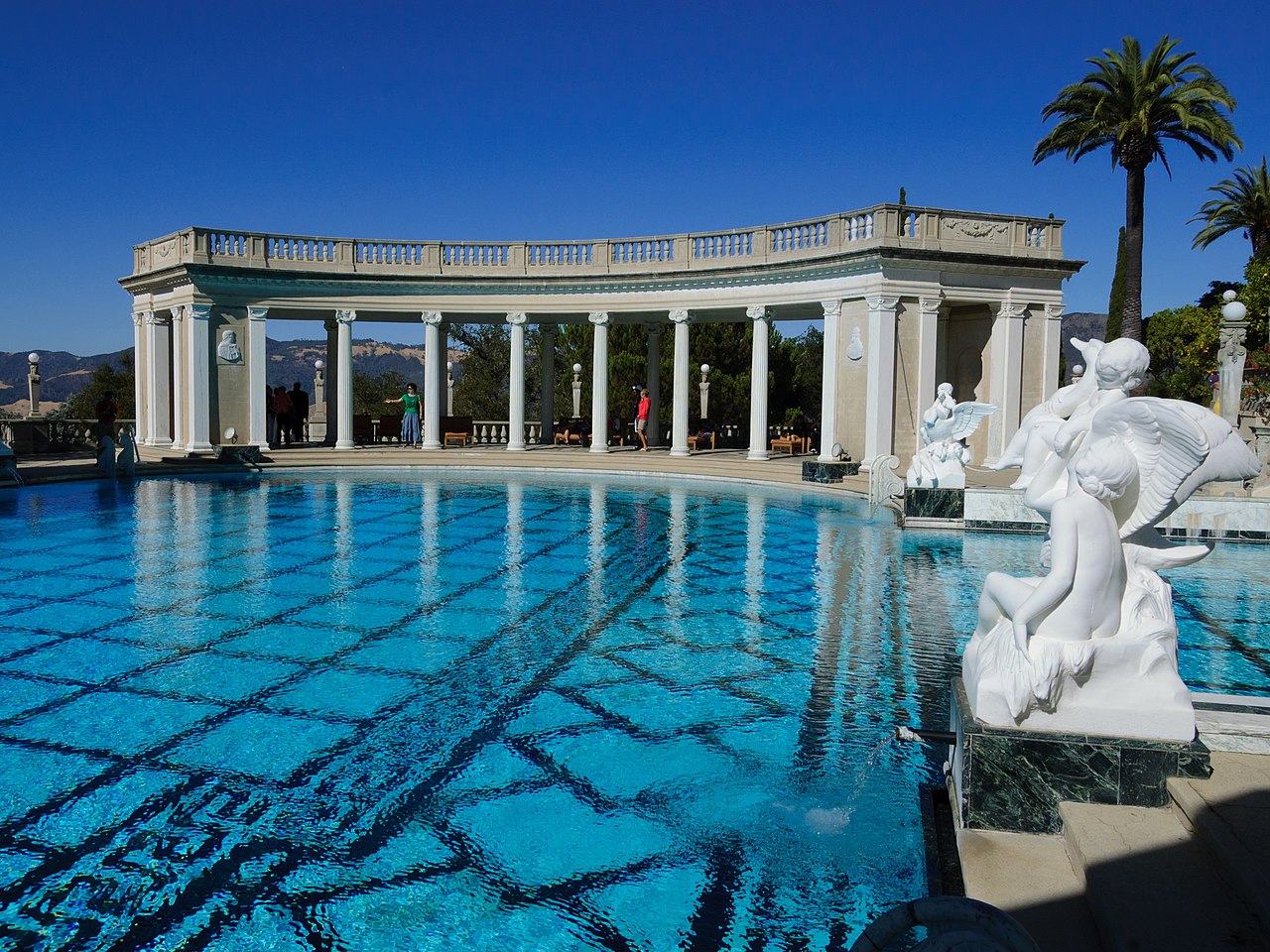
It also used to include the world’s largest private zoo. Initially this zoo consisted of buffalo, elk, and deer, animals that Hearst may have inherited from his father, who owned the land before he did. To this collection, according to Ben Procter’s William Randolph Hearst: The Later Years, 1911-1951, the tycoon added lions, giraffes, wildebeests, kangaroos, camels, ibexes, emus, and — fatefully — zebras.
The zoo closed down in 1937, when Hearst ran into financial trouble as a result of the Great Depression. According to Hearst Castle’s official website, most of the animals were sold or donated to commercial zoos in California, Oregon, and Washington. Hearst did keep his zebras, which remained in their enclosures until a winter storm knocked down the fencing.
Why California’s zebras are thriving
The fences were never put back up. A 1976 issue from Sports Illustrated states the zebras briefly roamed the ruins of the zoo before migrating out into the 77,000-acre ranch that surrounds the property, which is also owned by the Hearst family. Though the ranch’s staff keeps a small herd of cattle along its southern borders to prevent the zebras from entering neighboring land, interaction between the two parties is virtually non-existent. Aside from sharing a bit of cattle feed in dry seasons, the zebras are left to fend for themselves.
The zebras of Hearst Castle owe their newfound freedom to a loophole in a California law that concerns the restriction of equids, the taxonomic family that includes zebras as well as horses and donkeys. “Because zebras are not on the state’s list of restricted species,” the aforementioned article from Noozhawk explains, “they are not regulated by the California Department of Fish and Wildlife (CDFW).” Put differently, no one can force Hearst Castle to put the animals back in their cages.
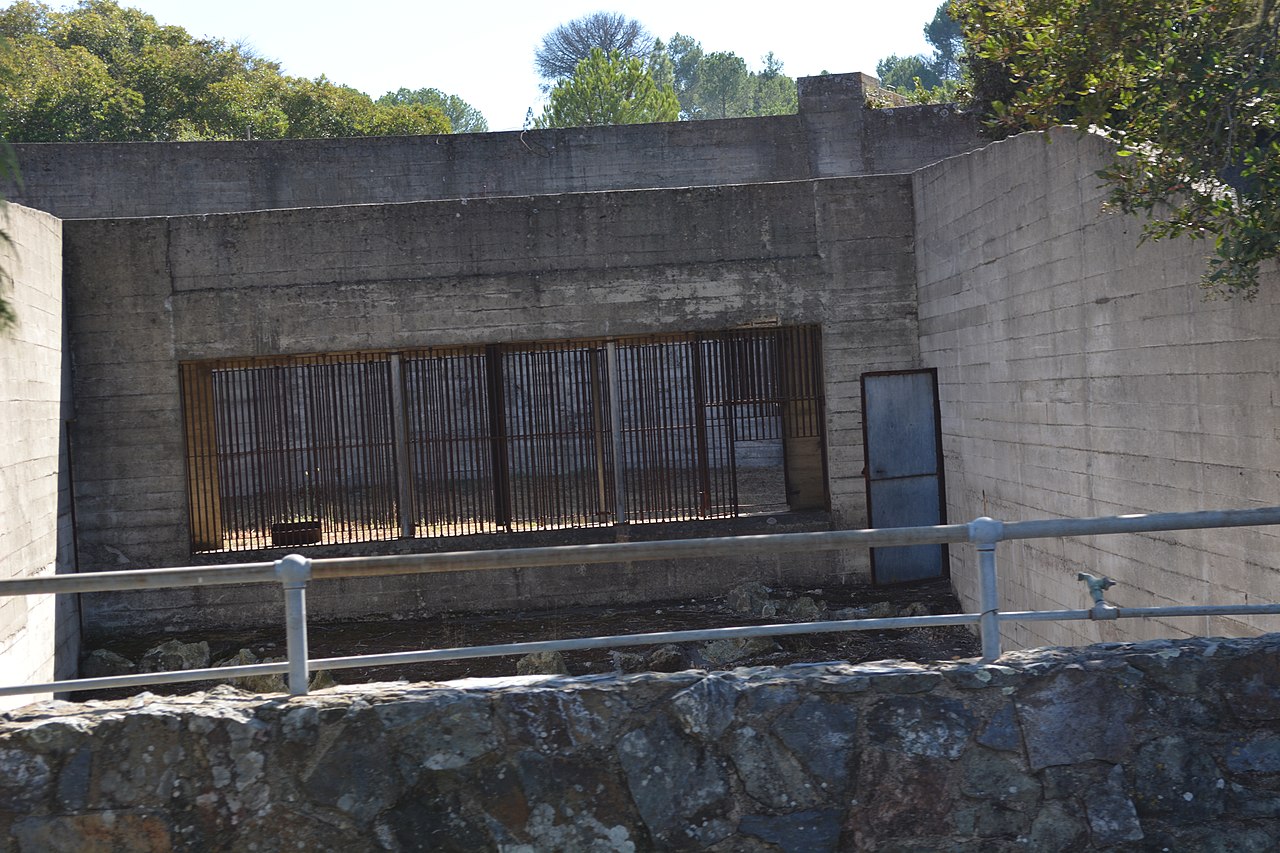
Hearst’s zebras did not just survive out in the wild; they thrived. Their numbers grew from 126 in 2020 to 151 in 2022. That last estimate comes directly from Ben Higgins, the Director of Agricultural Operations at Hearst Communications. “They almost exclusively reside in the southwestern corner of the property,” he tells Big Think when asked about their migratory patterns. “They presumably prefer this area as it offers ample feed and water [and because] the coastal terraces are relatively flat and open — giving them excellent visibility.”
Justin Brashares, who teaches wildlife ecology and conservation at the University of California-Berkeley, is not surprised at their success. “Most equids, and certainly zebras, are quite adaptable thanks to the ability to gain nutrients from a variety of plants, including pretty low quality grasses,” he adds. “They achieve this by eating a lot (called ‘bulk feeding’) and processing it quickly. This approach allows them to survive the dry season on Hearst Ranch.”
Lions and humans and cars, oh my!
The zebras of Hearst Castle are in for a bright future. “The central coast climate,” Brashares continues, “is well within their climate tolerance (zebras occur from hot scrub-desert habitat to cool mountain grasslands in Africa) and they will probably only do better with global warming, as long as forage availability isn’t too impacted.”
Though San Simeon is considerably less dangerous than the African savannah, the zebras are not without threats. Brashares says there have been cases of young zebras being eaten by mountain lions which, though critically endangered, can still be found in California. Being so close to Highway 1, the zebras also stand a much bigger chance of being struck by cars.
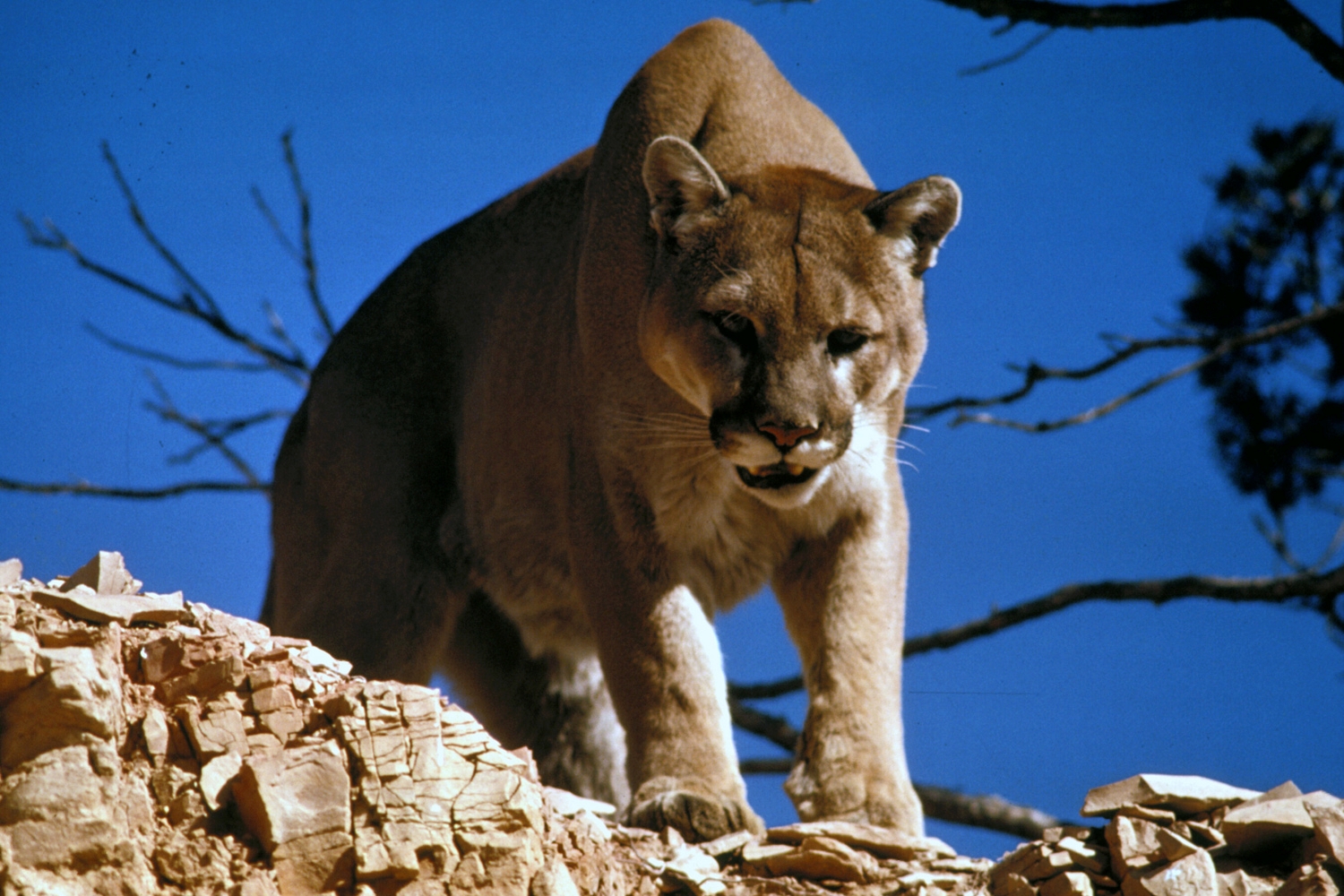
Last but not least, the zebras have to contend with humans. In 2011, two zebras were shot by neighboring ranchers after the animals entered their property. “The shootings,” the Orange County Register reported, “sparked outrage for many residents and observers near San Simeon, especially after it was learned the ranchers apparently opted to have the animals’ hides tanned and turned into rugs.”
The ranchers, in turn, are annoyed that these wild animals can freely interact with cattle. Their attitude mirrors that of pastoralists in Africa, who go to great lengths to protect their crops from being trampled. That said, studies have shown that allowing wild and domesticated animals to mix could actually benefit both. Domesticated animals protect wild animals from ticks and other pests, while wild animals prevent overgrazing. Perhaps a similar truce can be reached in San Simeon.
The post Why California has wild zebras appeared first on Big Think.